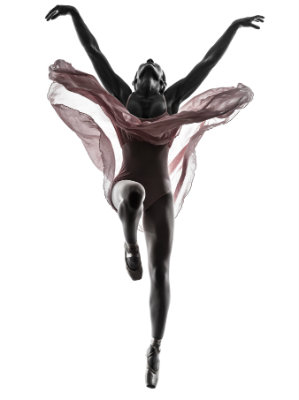According to Rudolf Laban, space is a superabundance of simultaneous movements. He’s right, of course. Empty space is full of air. And air is full of molecules and atoms, each a bundle of energy and particles that orbit and pulse.
Space isn’t empty for artists. It has shape. Artists learn to see this shape through drawing exercises. Rather than sketching the object, they draw the shape of the space around the object.
 Space isn’t empty for architects. Like a surgical suture, space connects a building with the other objects in the environment. Without empty space, an architectural design has no context. What isn’t there allows us to see what is there.
Space isn’t empty for architects. Like a surgical suture, space connects a building with the other objects in the environment. Without empty space, an architectural design has no context. What isn’t there allows us to see what is there.
Space isn’t empty for dancers, either. As a young student at the American Dance Festival, I spent free time walking patterns in the Connecticut College gym. Sometimes I walked blindfolded. And over the course of the summer, I sensitized myself to space. I began to be able to tell where I was in the gym, how near or far from the wall. And when I took the blindfold off, space had texture and a faint bluish hue. It wasn’t empty anymore.
Space had structure and meaning for Rudolf Laban. And he devised some very clever ways for dancers and movers of all types to think about space, so that what once seemed empty comes alive.
In the forthcoming Tetra seminar, we will explore the structure of space to tap its expressive power. Click here to find out more.
